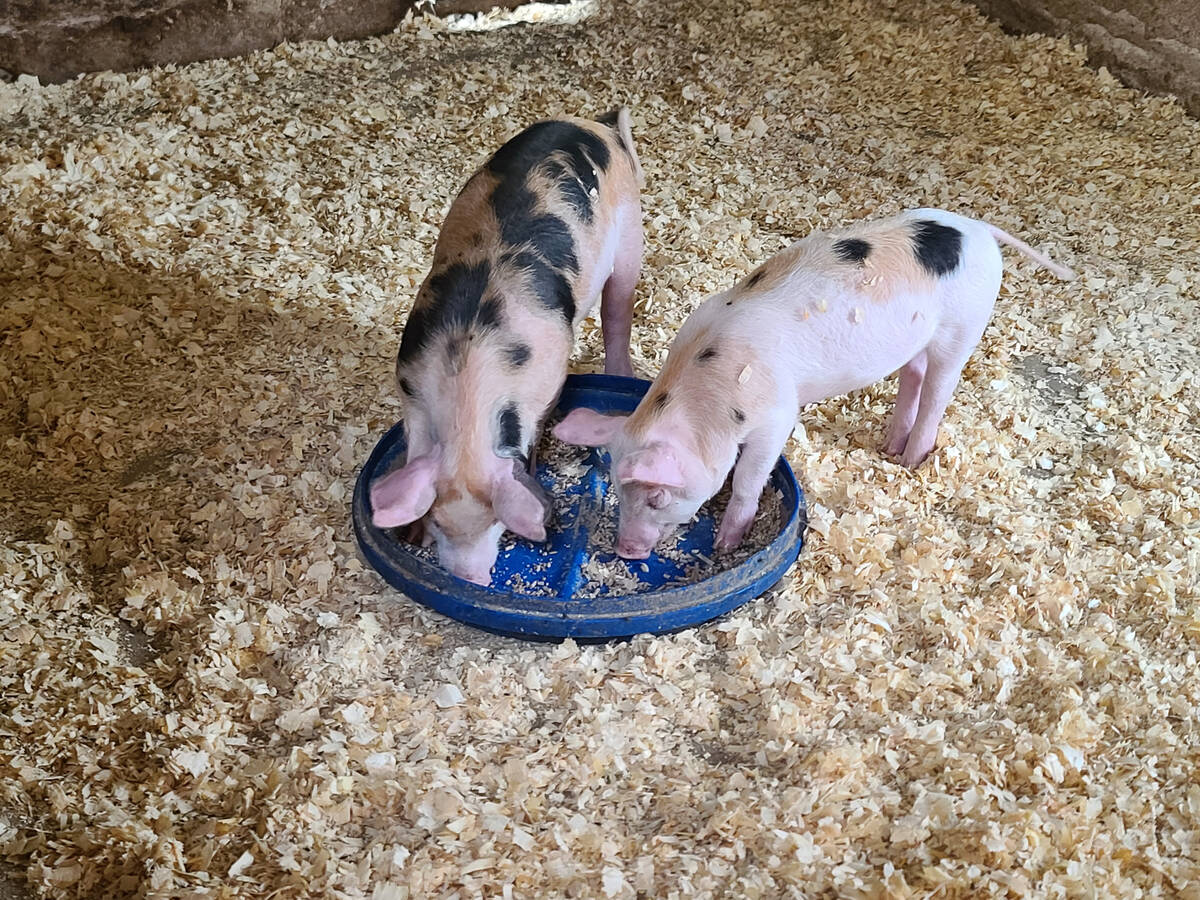Chicago | Reuters — Hefty supplies of American pigs pushed Chicago Mercantile Exchange (CME) lean hog futures down by the daily exchange-imposed limit on Friday.
Prices tumbled as the U.S. Department of Agriculture reported that meat companies such as Tyson Foods and JBS USA slaughtered 462,000 hogs, up nine per cent from a year earlier. For the week, packers slaughtered about 2.4 million hogs, also up nine per cent.
Supplies have swelled after hog farmers expanded their herds in recent years and processors built new processing plants to turn hogs into bacon, pork chops and other products.
Read Also

African swine fever risk tightens feed ingredient trade rules with Taiwan
Plant-based ingredients bound for Canadian livestock feed will have stricter trade rules if the shipments come from Taiwan, following Canadian Food Inspection Agency changes
“We’ve been inundated with hog supplies,” said Rich Nelson, chief strategist for Illinois-based broker Allendale.
CME July lean hog futures tumbled the daily three-cent limit to 76.25 cents/lb. (all figures US$). Most active August hogs sank three cents to 77.9 cents/lb.
CME will temporarily expand the limit to 4.5 cents on Monday after the sharp decline.
The supply glut has overshadowed expectations that China will ramp up pork imports later this year and in 2020 to compensate for millions of hogs that have died in outbreaks of a fatal hog disease, African swine fever.
Some U.S. farmers had been keeping hogs on their farms longer than normal, instead of delivering them to packing plants, in anticipation that prices would rise because of China’s swine fever problem, Nelson said. But they are now delivering those hogs to slaughterhouses, he said.
“Producers got bullish in April and May. Now we’re paying for it,” Nelson said.
China, the world’s top hog producer and pork consumer, has reported more than 120 outbreaks of African swine fever since it was first detected in the country in early August 2018.
The southwestern province of Guizhou reported new outbreaks in two villages, China’s agriculture ministry said.
In the cattle market, futures could come under pressure on Monday after USDA reported that more cattle were placed in feedlots in May than analysts expected, traders said.
Placements totaled 2.06 million head, down three per cent from 2018. Analysts were expecting about 2.04 million, according to a Reuters poll.
USDA also said there were 11.7 million head of cattle in feedlots on June 1, in line with analysts’ expectations. That was the highest June 1 inventory since the agency began tracking the data in 1996.
CME most-active August live cattle dropped 1.725 cents, to 102.225 cents/lb.
CME August feeder cattle dropped 1.025 cents, to 133.675 cents/lb.
Cash cattle traded at $110/cwt in Kansas and Texas this week, down $2 from last week, traders said.
— Tom Polansek reports on agriculture and ag commodities for Reuters in Chicago.















